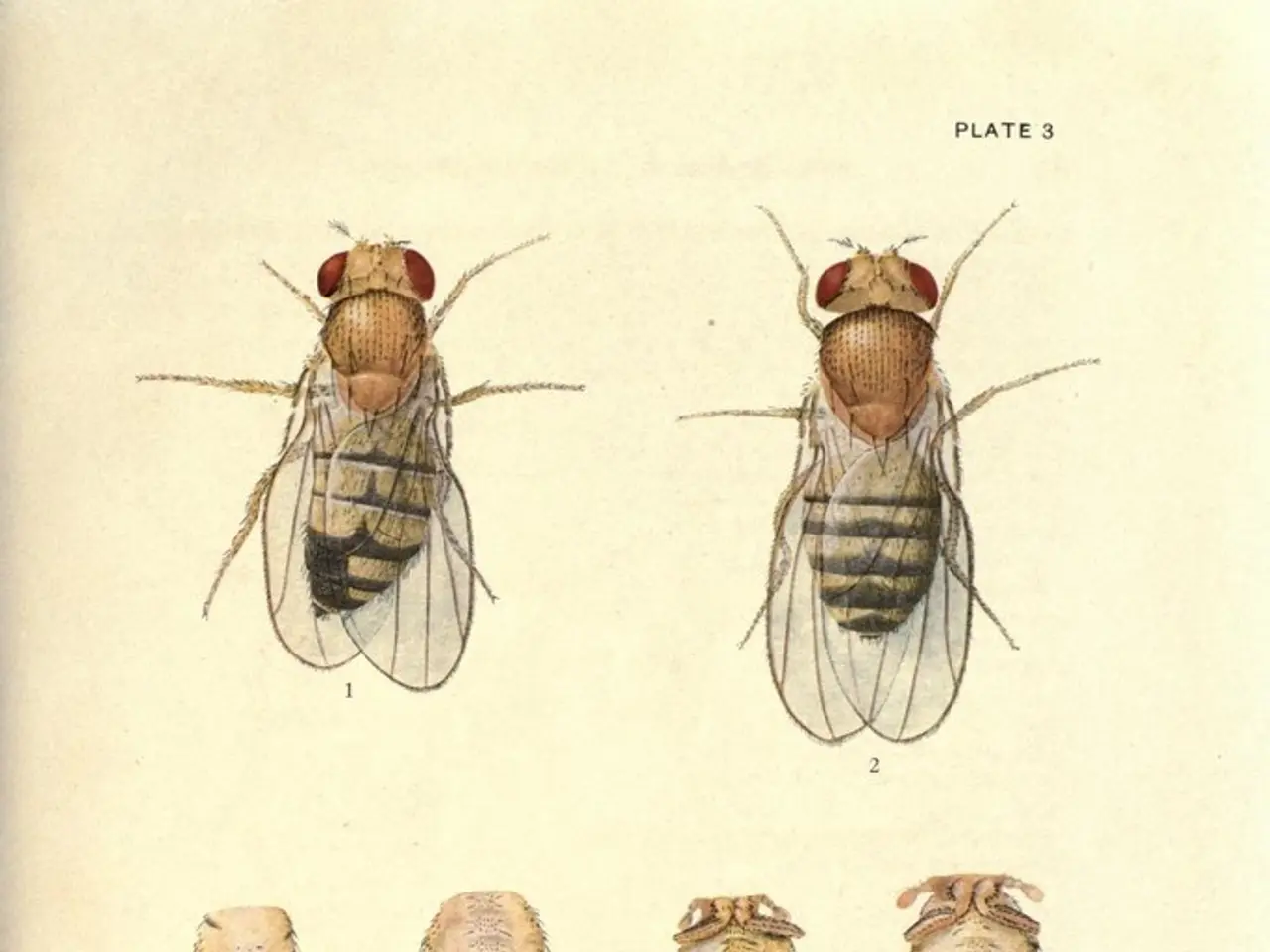Shrinking Numbers of Insect Species and Their Implications for Earth
The United Nations has issued a urgent call to governments worldwide, urging them to take immediate action to stop biodiversity loss by protecting critical habitats and restoring damaged ecosystems, with a particular focus on insects.
Insects play a crucial role in our ecosystem, contributing to pollination, seed dispersal, and nutrient recycling. However, recent studies show a concerning decline in insect populations. For instance, flying insects in Germany have diminished by more than 75% in under 30 years.
This decline could have catastrophic consequences. If one section of the food chain disappears, the entire system could collapse. For example, mosquitoes, among others, are less likely to exist and reproduce in areas without bodies of water.
The reasons for this decline are manifold. Insecticides and habitat loss are major contributors. Monoculture farming, which creates vast fields that replace natural structures, negatively impacts plant-eating insects.
In response, a €100 million project to help protect native insects is underway in Germany. The project aims to protect insect habitats, decrease disruptive light pollution, and phase out the use of glyphosate, a popular weedkiller.
However, studies of insect declines are limited, with most focusing on the US and Europe. The United Nations' environmental programs have identified countries in Africa, Latin America, and some parts of Asia as particularly affected by the lack of insect population monitoring, as these regions face significant biodiversity loss and insufficient data collection on insect species.
The species most threatened are Lepidoptera (butterflies), Hymenoptera (bees), and dung beetles. Invasive species and the introduction of aquatic predators, like rainbow trout, have also had a detrimental effect on certain insect populations, such as the Ecchlorolestes peringueyi dragonfly in South Africa and various dragonfly species along riverbanks due to the planting of exotic trees.
Researchers have found that both endangered and safe species, such as wild bees and moths, have experienced a significant drop in numbers. In fact, a staggering 40% of the world's insect species are threatened with extinction.
Practical countermeasures can halt an insect extinction before it's too late. By implementing sustainable farming practices, monitoring and controlling invasive species, and supporting conservation efforts, we can help ensure the survival of these vital creatures and maintain the health of our planet's ecosystems.








